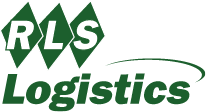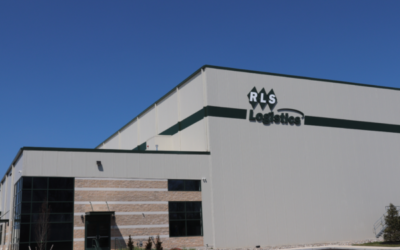The cross docking warehouse wave reshaped how companies in frozen and refrigerated food industries manage their supply chains—and now it’s sweeping into the challenging temperature-controlled logistics and supply chain management space in force.
With electronic logging devices in place, a tight truck market, and rising transportation costs, smart companies everywhere are looking at ways to make their loads more attractive to carriers while maintaining service levels and costs. As consolidating outbound less than truckload shipping orders into truckloads and managing truckloads with stop-offs becomes increasingly complex, more and more companies are looking for strong regional providers that can provide a local temperature-controlled LTL trucking solution.
As a result, the demand for cross docking 3PL companies that specialize in frozen, refrigerated, and other temperature-controlled cargoes is surging. If your company is considering a temperature-controlled cross dock program, use these tips for success:
1. Make sure you have the volume to justify how much refrigerated cross docking costs.
The bottom line is that if you do not have the volume to send full truckloads to the cross dock, you probably can’t justify the price. That’s because when you look at the delivered price, you must consider the inbound freight costs. It’s essential to spread out that cost among as many cases, pallets or pounds-shipped to minimize the costs. So what can you do if you can’t send full trailer loads into the cross dock? One workaround is to look into your networks to see if you can piggyback with any other freight destined to the same area as a stop-off or final destination.
2. Choosing a regional refrigerated cross dock partner is only part of the location equation.
The time sensitivity of temperature-controlled loads dials up the intensity of your location decision. Set up in a spot that limits the total number of miles consumed to the final destination because backtracking only adds costs to the equation. The ideal cross dock warehouse should be en route to your endpoint.
Also, consider the carrier’s job in your decision. Your cross dock partner should be convenient for drivers and in a good freight market—so carriers can efficiently make more stops. Trucks delivering to the cross dock should be able to easily find a load within a tight radius of the location to reduce deadhead time and its associated costs. Even better, choose a facility that enables drivers to reload at the cross dock. Not only will it reduce the inbound costs, but it will also make the inbound loads more attractive to secure capacity.
3. A cold storage warehouse facility is key for maintaining product integrity.
Make sure your cross dock partner is specifically set up to receive temperature-controlled loads and to keep them cool, safe, and in good condition. Many trucking companies claim to have temperature-controlled storage space, however, space may simply be ambient storage or spare reefer trailers. These two options increase your risks of breakdown, spoilage, and theft. Temperature-controlled cold chain warehouse space is much more reliable, safer, and food safety-focused. Before choosing a cross dock partner, consider visiting the location and conducting a food safety audit to ensure your products will be safe under their care.
4. Make sure your cross docking partner has a consistent delivery schedule.
Understanding your cross docking partner’s service schedule is imperative to the success of any cross dock program. Know what days they deliver and make sure their schedule works with your own. Many providers hold freight until volume requirements are satisfied before scheduling delivery. That can tie up your load and lead to disappointed customers. Find out if your provider has a less than truckload sailing schedule which is not predicated on volume.
5. Choose a strategy that strengthens the links of your cold chain.
Temperature controlled loads require care and experienced handling at every point in the cold chain. The better your services are integrated, the better your chances of keeping products at a constant temperature. Consider reducing your number of service providers by working with cross docking facility that offers cold chain solutions like kitting, repacking and direct-to-consumer eCommerce fulfillment.
Make food safety part of your decision, too. With the ever-present effects of FSMA and consumers’ growing demands for transparency, it pays to know your cross dock partner meets standards for handling perishable foods. Ensure the cold storage warehouse and cross dock facility you choose complies with USDA regulations. Better yet, choose one that’s GFSI certified for storage and distribution by the British Retail Consortium Global Standard (BRCGS).
We hope these 5 tips shed some light on how to best select a 3PL company to partner with for your cross docking facility needs. For customers who want to work with high quality and diligent 3PL cold chain experts at our cross docking facility, connect with our Business Development team today!




